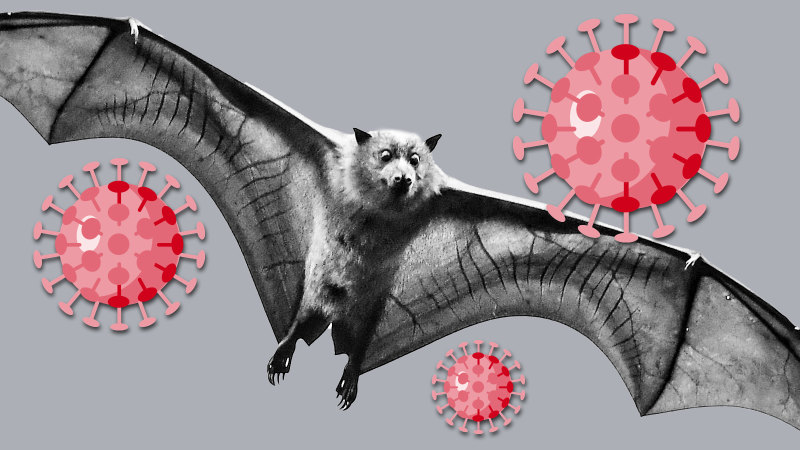COVID did not originate in an infamous south Chinese bat cave at the centre of the ‘lab leak’ theory, a French study has claimed.
The Mojiang cave has been touted as the possible birthplace of the virus after it emerged six miners were struck down with a mysterious flu-like illness in 2012.
Scientists from the now-infamous Wuhan Institute of Virology (WIV) were sent in to investigate at the time and sent bat samples back to the lab 1,000 miles away.
One of the viruses they collected is the closest known relative to the one that causes COVID, sharing almost 97 per cent of its genetic make-up.
Proponents of the lab leak theory believe that either the miners were infected with an early version of COVID or that the pandemic-causing pathogen was the result of experiments on viruses sent back to Wuhan.
But French researchers now say neither could be true after a retrospective study into the medical reports of the miners at the time.
They said their symptoms were too different to be COVID and questioned why no hospital staff or close contacts of the miners fell ill.
Writing in the study, they added: “One must also wonder why a virus which killed more than four million and infected more than 200 million in 18 months did not cause any illness in seven years from 2012 to 2019.”
They added that RATG13 – the virus which closely resembles COVID and was found in horseshoe bats in Mojiang – was not capable of infecting humans and there was no evidence to suggest tinkering with it in a lab could give it that ability.
However, one of the lead scientists behind the latest study had ties to the lab in Wuhan, raising a possible conflict of interest.
Researchers from the Wuhan Institute of Virology were the first to link SARS and bats for the first time during a study in 2004 after raiding a cave in Yunnan province. This cave is not the one in question.
The six miners struck down with the mystery pneumonia had been sent into the cave in Mojiang to clear bat guano in April 2012. They were aged between 30 and 63, and three died as a result of their infection.
The latest study, led by the Roger Frutos, a microbiologist at the French Agricultural Research Centre for International Development, said hospital records highlighted ‘major discrepancies’ between their illnesses and COVID’s typical symptoms.
They pointed out that one of COVID’s tell-tale symptoms is a dry cough, whereas the miners suffered from a very different kind of cough.
They were found to be coughing up blood or mucus.
CT scans showed they also did not have the same lung scarring seen in many hospitalised coronavirus patients.
However, the researchers were accused of failing to refute the central assertions of the lab leak theory.
Professor David Livermore, a microbiologist at the University of East Anglia, told MailOnline he was still wasn’t convinced the lab leak theory was the most likely origin of the virus.
But he admitted there were some ‘remarkable coincidences’
His comments were echoed by Professor Lawrence Young, a virologist from Warwick University, who said it was ‘entirely possible’ that COVID’s origins could be traced back to the caves in Mojiang.
Mail Online

 Join Daily Trust WhatsApp Community For Quick Access To News and Happenings Around You.
Join Daily Trust WhatsApp Community For Quick Access To News and Happenings Around You.


